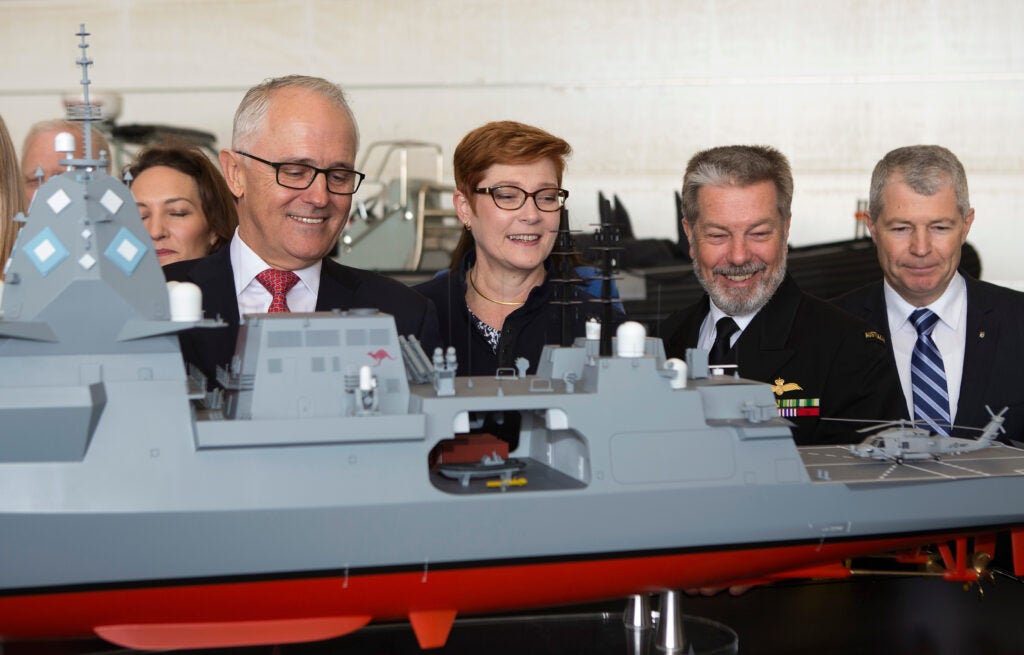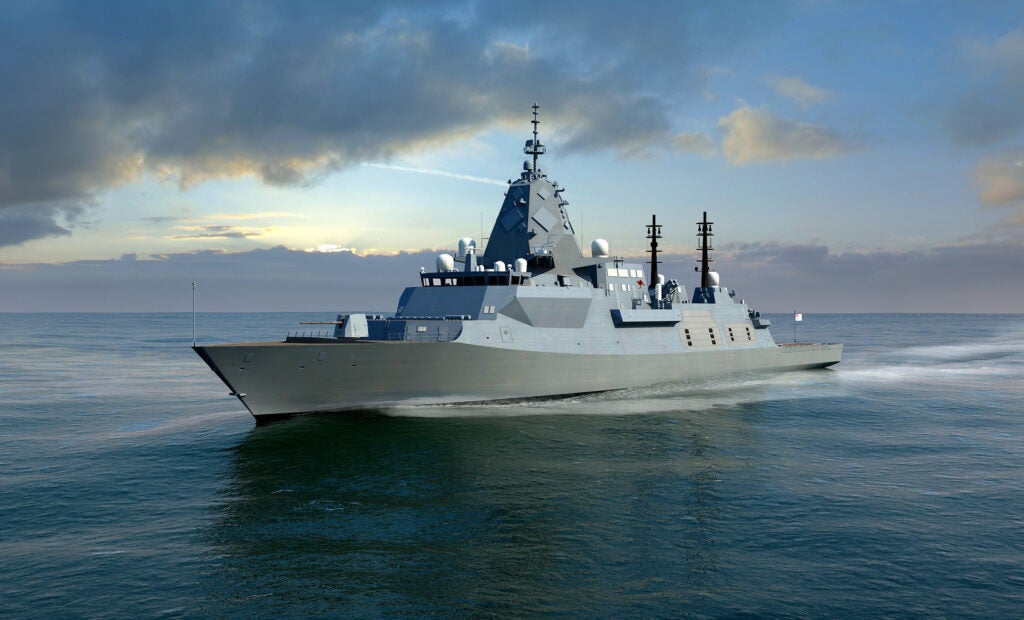Scathing Audit into Australian Department of Defence Procurement of Hunter Class Frigates Shows a Lack of “Value for Money Focus”
An audit by the Australian National Audit Office (ANAO) into the Department of Defence’s procurement of Hunter class frigates and naval shipbuilding program, revealed a lack of a “value for money” focus in a cutting report, released on the 10 May 2023.
The 2016 Defence White Paper announced the SEA 5000 future frigate program to replace the eight ANZAC Class frigates. The new frigates would enter service in the late 2020s to replace the 1996 vintage ANZACs, and be built at the Osborne shipyard in Adelaide, South Australia.
The Coalition government announced in June 2018 that BAE systems would design and build the frigates.
The government claimed that it would be central to securing Australia. They also claimed that it would strengthen Australian shipbuilding sovereignty and the industry, and would create 4000 jobs for people across Australia.

The BAE Global Combat Ship (Type 26) was chosen by Defence because of its advanced anti-submarine warfare capabilities. Yet the documents explaining why it was selected over the other potential companies were apparently lost. The Coalition government’s 2020 Force Structure Plan reported that the cost of the acquisition program of the Hunter class frigates was AU$45.6 billion within its given time period.
The report states: “Defence’s procurement process and related advisory processes lacked a value for money focus, and key records, including the rationale for the procurement approach, were not retained.”
The objective of the audit was to assess effectiveness of Defence’s procurement of Hunter class frigates and achievement of value for money to date, and found there was a lack of value for money focus in the procurement process and related advisory processes.
The report also revealed an 18-month delay due to a lack of effectiveness in delivering on project milestones, at an additional cost of $422.8 million. The report also added “the project was forecast to exceed the whole of project budget approved by government by a significant amount.”
The audit found that because of procurement policy, Defence expects a value for money assessment to be carried out by the government. Defence failed to provide this information in their reports, leading to government approval of their flawed acquisition plans, the audit reports. The audit labels the procurement “partly effective”.

